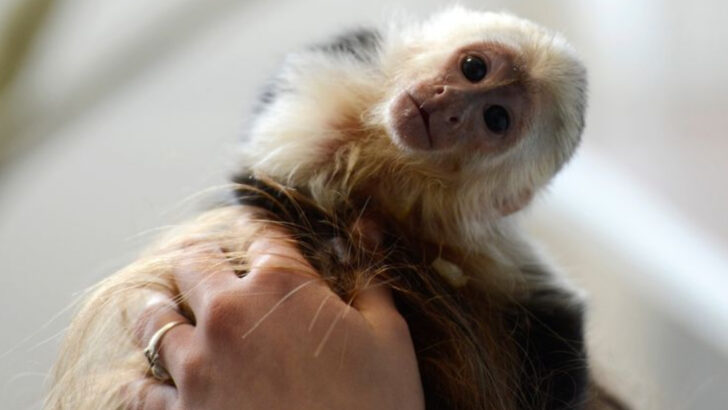Some people look at a wild animal and think, “Pet material.”
Not a dog. Not a cat. A full-blown exotic creature with teeth, claws, or a tail that could knock over furniture. And somehow… they bring it home.
What happens next? You guessed it—chaos. Screaming neighbors. Shredded couches. Escapes. And in some cases? Whole news stories.
From alligators in bathtubs to monkeys in diapers, these 10 wild pets prove that just because you can doesn’t mean you should. Let’s take a look at the madness.
Capuchin Monkeys
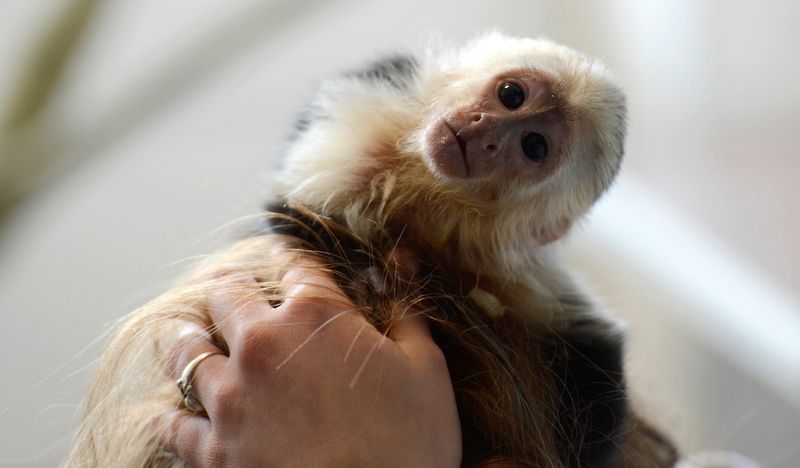
With their nimble fingers and inquisitive eyes, capuchin monkeys are undeniably charming. Hailing from Central and South America, these small primates often find themselves embraced as exotic pets. Yet, their intelligence demands constant stimulation. As social animals, they crave companionship, often leading to mischief when left alone. Owners must grapple with their unpredictable nature, which can turn from playful to aggressive. Capuchins require meticulous care and understanding, as their wild instincts persist. Despite the challenges, their expressive faces and lively antics make them fascinating companions, albeit with a complex dynamic that demands respect and responsibility.
Tiger Cubs
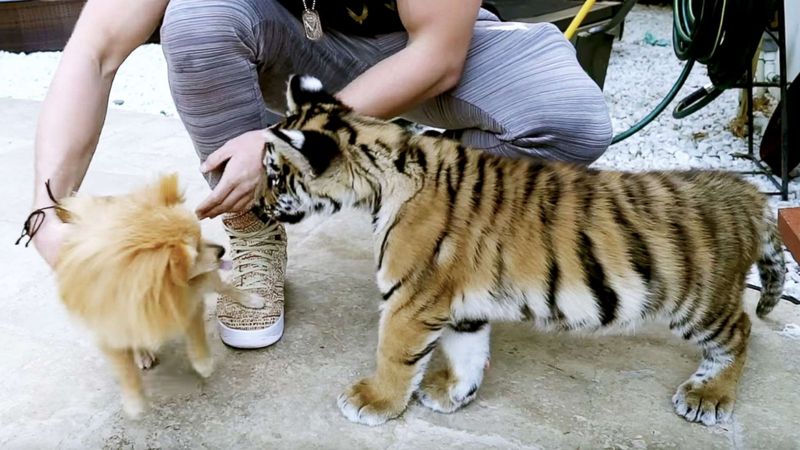
A tiger cub’s allure is undeniable, with its striking stripes and enigmatic gaze capturing hearts. However, these majestic creatures quickly outgrow their juvenile cuteness, becoming formidable predators. Housing a tiger presents immense challenges, as they require vast space and specialized care. Their natural instincts cannot be suppressed, often leading to dangerous situations. Owners who venture into such commitments must navigate a world of legal, ethical, and safety concerns. Tigers, though awe-inspiring, remain wild at heart. Their presence in a domestic setting underscores the tension between human desire and nature’s untamed spirit, leaving chaos in their wake.
Raccoons
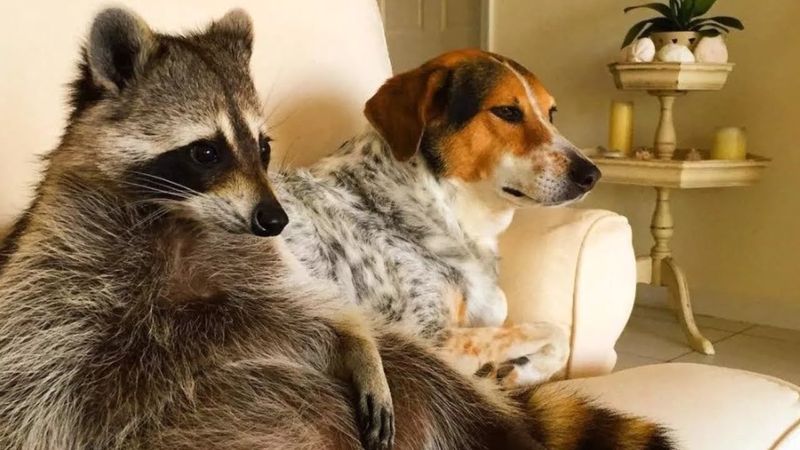
Raccoons may appear as masked bandits, but their cleverness often lands them in trouble. As pets, their insatiable curiosity leads to frequent escapades, exploring cupboards and trash cans with ease. Known for their dexterous paws, raccoons can open jars and doors, creating chaos in supposedly secure homes. While they can be affectionate, their nocturnal habits clash with typical human routines. Raccoons demand patience and adaptability from their owners, as their wild nature is ever-present. Despite the turmoil they cause, their playful antics and unique personalities make them endearing to those willing to embrace the challenge.
Fennec Foxes

With ears as large as their curiosity, fennec foxes captivate with their exotic appearance. Native to the Sahara, these small foxes are adapted to extreme environments, making their presence in a home both intriguing and challenging. Their need for high energy outlets can lead to restless behavior, as they dig and burrow into furniture and floors. Social and vocal, fennec foxes communicate with a range of sounds, adding a unique dynamic to domestic life. Owners must balance their care with respect for their desert origins, acknowledging that their wild essence never truly fades.
Ball Pythons

Ball pythons, with their smooth scales and gentle nature, are surprisingly common as pets. Their enigmatic presence adds a unique touch to any home. However, their care involves specific needs, including precise temperature and humidity levels. While generally docile, these snakes can be picky eaters, sometimes refusing food for weeks. Their slow movement and calm demeanor contrast with the chaos they can cause through escapes or health issues. Owners who appreciate their serene beauty must also respect their silent demands, ensuring a balance between fascination and responsibility.
Kinkajous
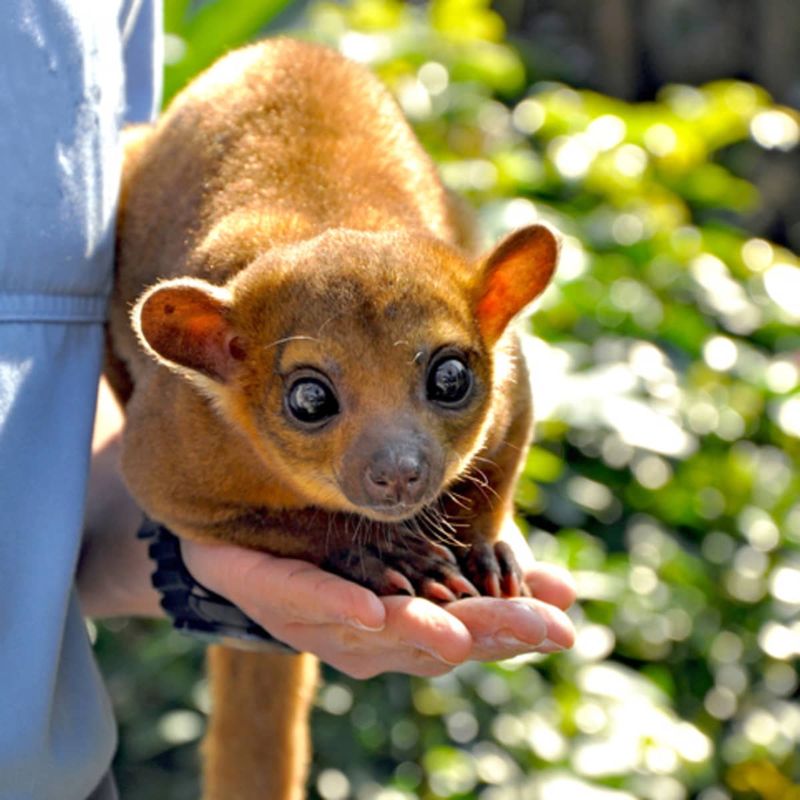
Kinkajous, often called ‘honey bears,’ enchant with their gentle eyes and playful behavior. Native to Central and South American rainforests, these nocturnal mammals bring a touch of the wild into domestic spaces. They bond closely with their owners, but their active nightlife can disrupt sleep. Kinkajous have sharp claws and teeth, requiring careful handling to avoid scratches or bites. Their diet of fruits and nectar is specific, adding to the complexity of their care. While they offer affectionate companionship, they also challenge owners with their nocturnal energy and wild instincts.
Skunks
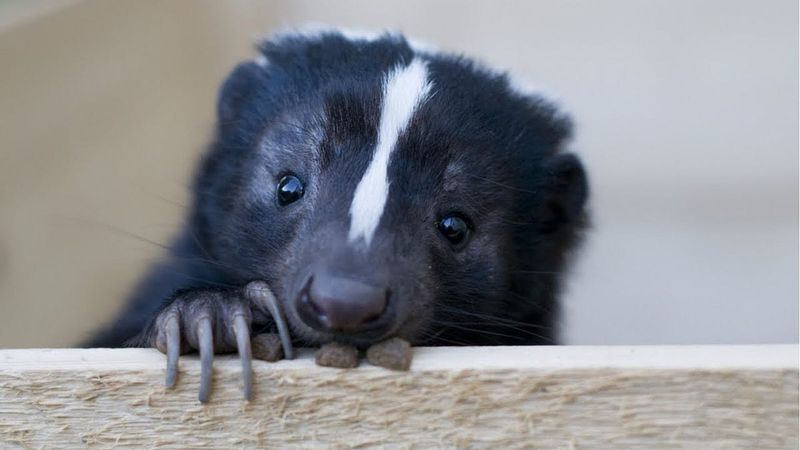
With their distinctive stripes and fluffy tails, skunks can be surprisingly endearing pets. When raised from a young age, they often develop affectionate bonds with humans. However, their natural defense mechanism—a potent spray—requires surgical removal in pet skunks. Their inquisitive nature leads them to dig and explore, often resulting in disarray. Skunks thrive on interaction and stimulation, demanding attention and care. Despite potential challenges, their unique charm and playfulness make them intriguing companions. Owners must embrace both their quirks and the responsibility of managing their distinctive needs.
Sugar Gliders
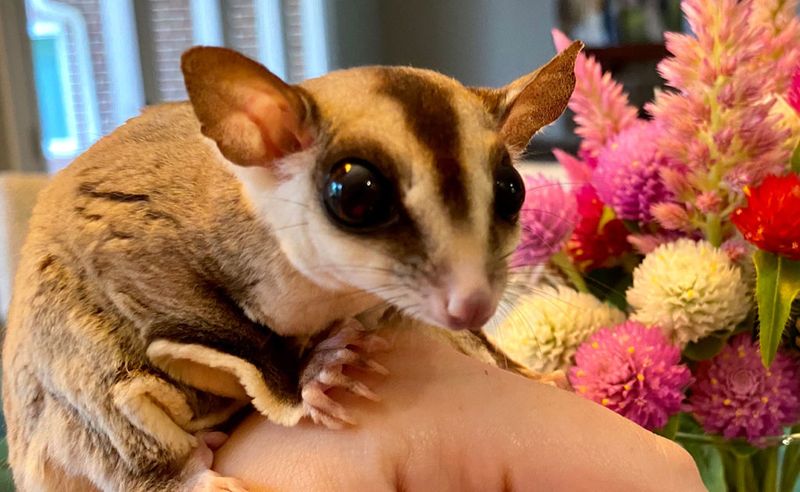
Sugar gliders, with their ability to glide and their social nature, make them appealing yet demanding pets. These marsupials thrive in groups, reflecting their communal instincts. Their nocturnal habits can disrupt household routines, and their diet requires careful management to prevent nutritional imbalances. Owners often find themselves adapting to their glider’s needs, creating environments that allow for flight and social interaction. Though small, sugar gliders bring a big presence, balancing their captivating antics with the responsibilities of meeting their complex care requirements.
Wallabies
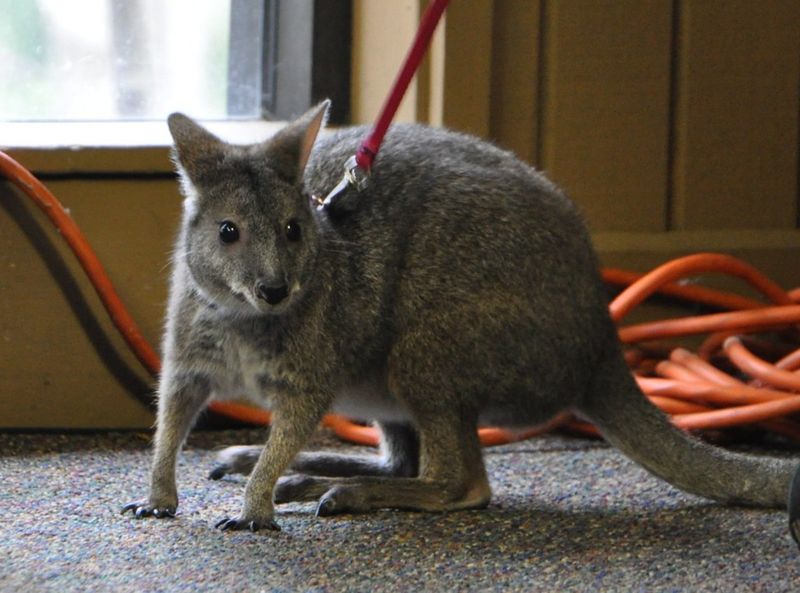
Wallabies, with their charming hops and gentle demeanor, have intrigued pet enthusiasts. These marsupials require extensive space to roam, often leading to complex housing arrangements. Their diet mimics that of grazers, demanding specific vegetation and supplements. While wallabies can bond with humans, their strong hind legs and natural tendencies can lead to unexpected chaos. Owners must navigate their unique needs, ensuring a balance between providing care and respecting their semi-wild nature. Their gentle presence adds a touch of the exotic to domestic life, creating a harmonious yet challenging companionship.
Servals
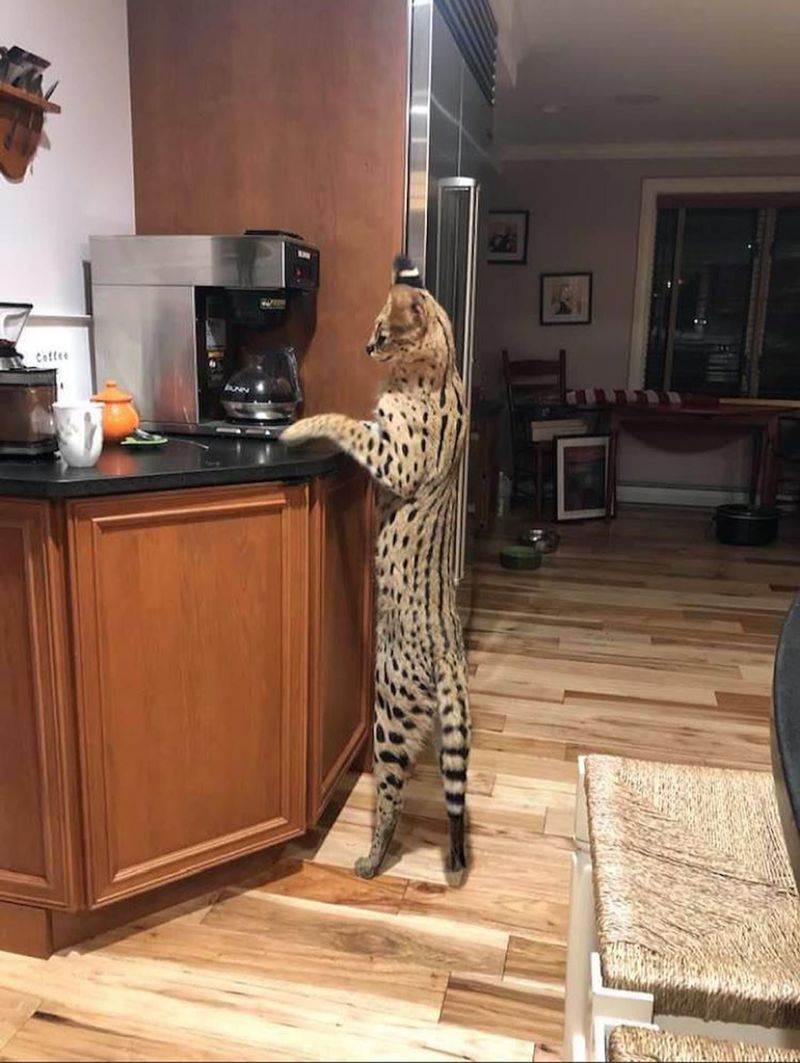
Servals, with their striking spots and elongated ears, evoke the wild allure of African savannahs. Keeping one as a pet means accommodating their energetic and playful nature. These cats require vast spaces and enrichment to satisfy their hunting instincts. Despite their beauty, servals can be unpredictable, as their wild demeanor persists. Owners must provide a dedicated environment to prevent boredom and potential aggression. Their majestic appearance and playful antics captivate, yet they demand a deep commitment to their care. The presence of a serval at home is both a privilege and a challenge.

